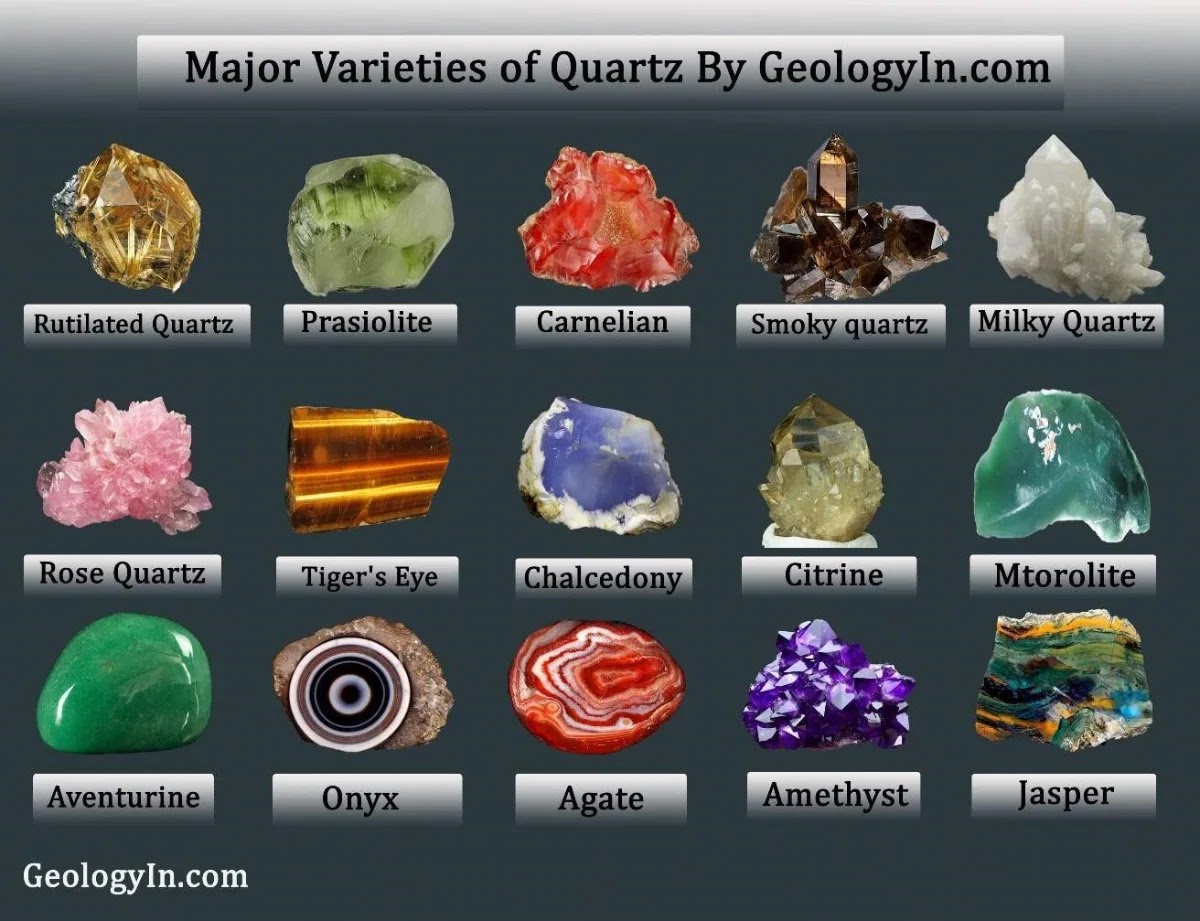Sulfur Mining
Sulfur mining is the process of extracting sulfur from the Earth, primarily for use in industrial applications such as the production of sulfuric acid, fertilizers, chemicals, and pharmaceuticals. Sulfur is a naturally occurring element that can be found in various forms, including native sulfur (elemental sulfur), sulfide minerals, and sulfate minerals.
 |
| Sulfur Mine, Kawah Ijen Volcano, Java, Indonesia. |
Frasch Process (for Native Sulfur):
Developed by Herman Frasch in the late 19th century, this method is used to extract sulfur from underground deposits where it exists in its elemental form.
Superheated water (around 160°C or 320°F) is pumped into the sulfur deposit, melting the sulfur.
Compressed air is then injected to force the molten sulfur to the surface, where it solidifies in large vats.
This method was widely used in the Gulf Coast of the United States (e.g., in Texas and Louisiana) but has declined due to high energy costs and competition from other sources.
Environmental and Health Concerns
Sulfur mining, particularly in volcanic regions, can pose health risks due to exposure to toxic gases like sulfur dioxide (SO₂).
Open-pit mining and the Frasch process can lead to land degradation and water pollution if not managed properly.
The refining of sulfur-containing fossil fuels contributes to air pollution and acid rain if sulfur dioxide is not captured.
 |
| A man carrying sulfur blocks from Kawah Ijen, a volcano in East Java, Indonesia. |
Uses of Sulfur
Sulfuric Acid Production:
The largest use of sulfur, accounting for about 60% of global consumption. Sulfuric acid is essential in fertilizers, chemicals, and industrial processes.
Fertilizers: Sulfur is a key component in phosphate and ammonium sulfate fertilizers.
Chemicals and Pharmaceuticals: Used in the production of dyes, detergents, and medicines.
Rubber Vulcanization: Sulfur is used to harden rubber in the production of tires and other rubber products.


%20(1).webp)






